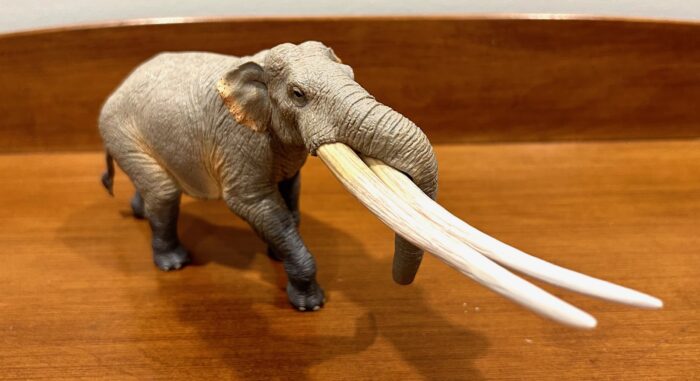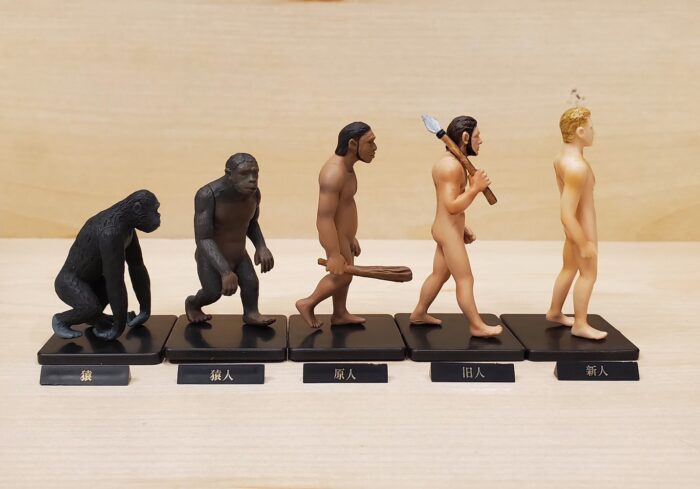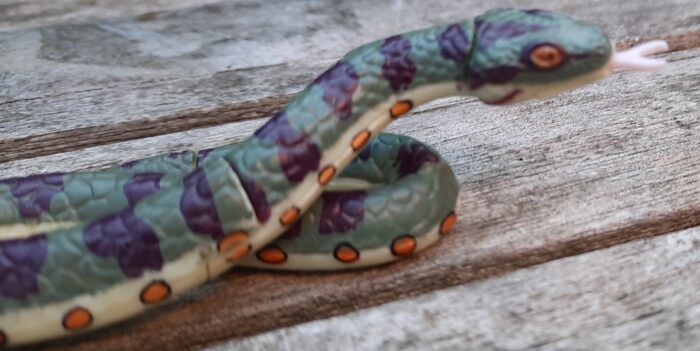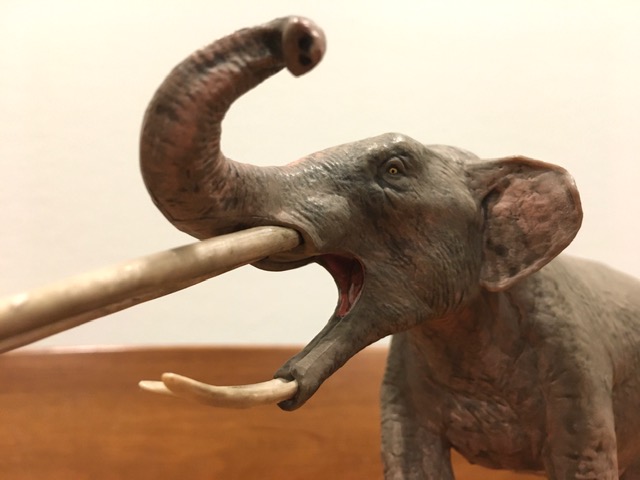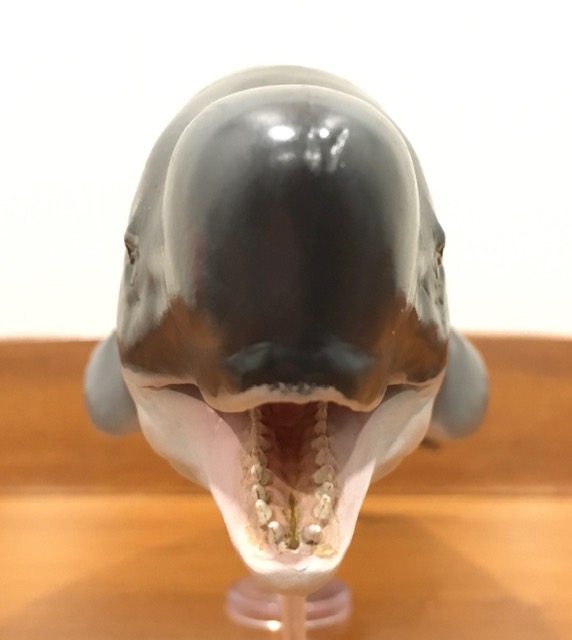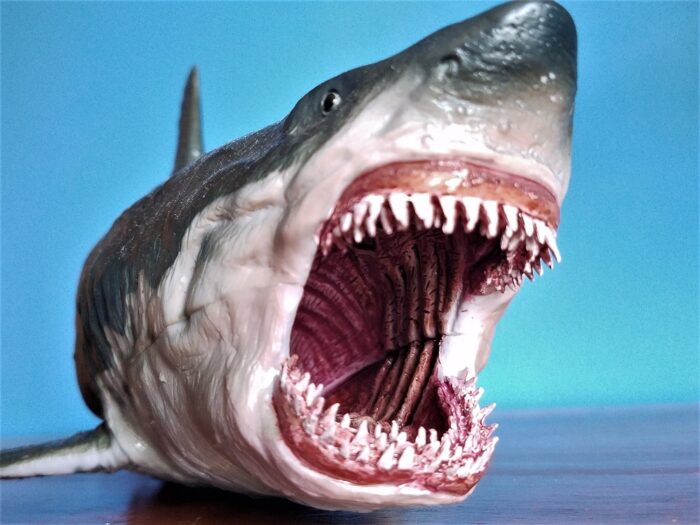Otodus megalodon is a difficult shark for me to get excited about, despite my love of cartilaginous fishes. Although captivating in concept (a gigantic whale-hunting shark with 7” teeth) there aren’t enough remains of it to really…well…sink your teeth into. Just teeth and vertebrae.
Age: Miocene
Review: Stegodon (TNG)
Review: Gryposuchus (Jurassic World Epic Evolution, Wild Roar by Mattel)

Now here’s something unprecedented from Mattel. No, not a prehistoric pseudosuchian most people have never heard of. Mattel likes those, and this is that too. What makes this one unique is that it represents an animal that lived during the Cenozoic. The era immediately following the Mesozoic and the one in which we’re currently living.
Review: Evolution of Humanity (Tama-Kyu)
Review: Macrauchenia (MPC)
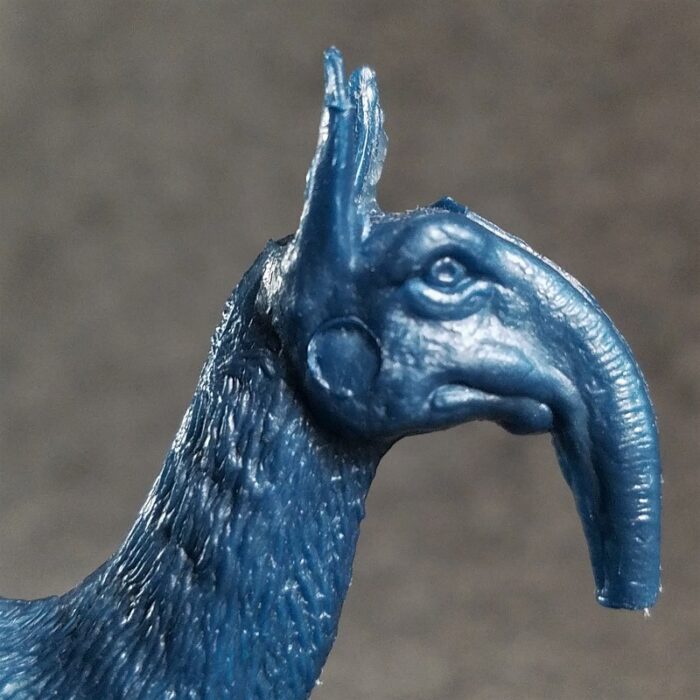
“If MPC Ran the Zoo”…
Macrauchenia looked like it could have inspired some of the creatures in a Dr. Seuss book, if its history of paleoart is anything to go by. First described in 1838, the “long-necked llama” hasn’t achieved the same level of fame as some of its mammalian contemporaries from the Miocene and Pleistocene; however, its lanky legs, long neck, and peculiar trunk make for a very distinct image, and have earned the genus at least a few toys over the decades.
Review: Ceratogaulus (MPC)

A truly rare genus in the hobby to this day, MPC’s vintage figurine marks a bold move from a company most famous for its imitations – although the toy is perhaps showing its age with some design choices.
MPC (Multiple Products Corporation) is a well-known brand among experienced dinosaur collectors; their prehistoric line from 1961 and 1962 was widely sold through stores and catalogs for decades.
Review: Titanochelon bolivari (1:20 Miocene Collection by Signatustudio)
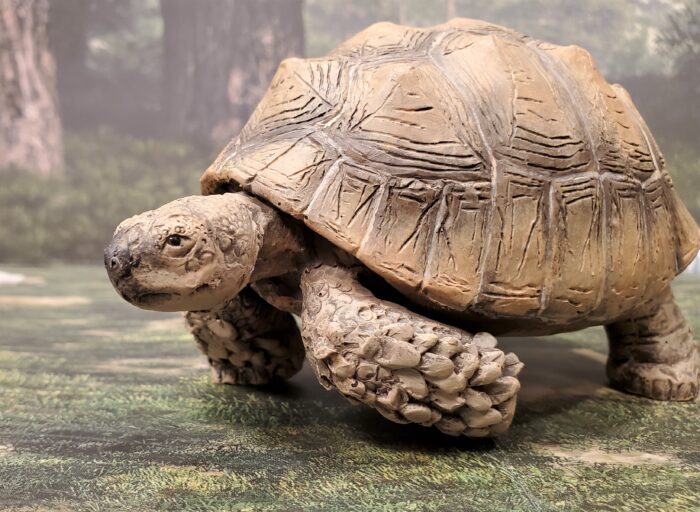
Review and images by bmathison1972; edited by Suspsy
Signatustudio is a line of animal replicas made by artist J. Miguel Aparicio out of Spain. Most of his models are in the 1:20 scale and represent the fauna of Eurasia, including the Iberian Peninsula, the Mediterranean, Tibetan Plateau, and Euro-Siberian regions.
Review: Giant Wonambi (Lost Kingdoms Series A by Yowie)
Review: Konobelodon (Eofauna)
Review: Livyatan (PNSO)
Review: Megalodon (Soft Model by Favorite Co. Ltd.)

Review and photos by Zim, edited by Suspsy
Otodus megalodon is probably one of the most well-recognized prehistoric animals of all time due to our fascination of giant versions of animals, in this case, sharks. Though it is frequently depicted as an oversized great white shark due to the resemblance between their teeth, many experts now agree that this is due to convergent evolution rather than a close relation.





